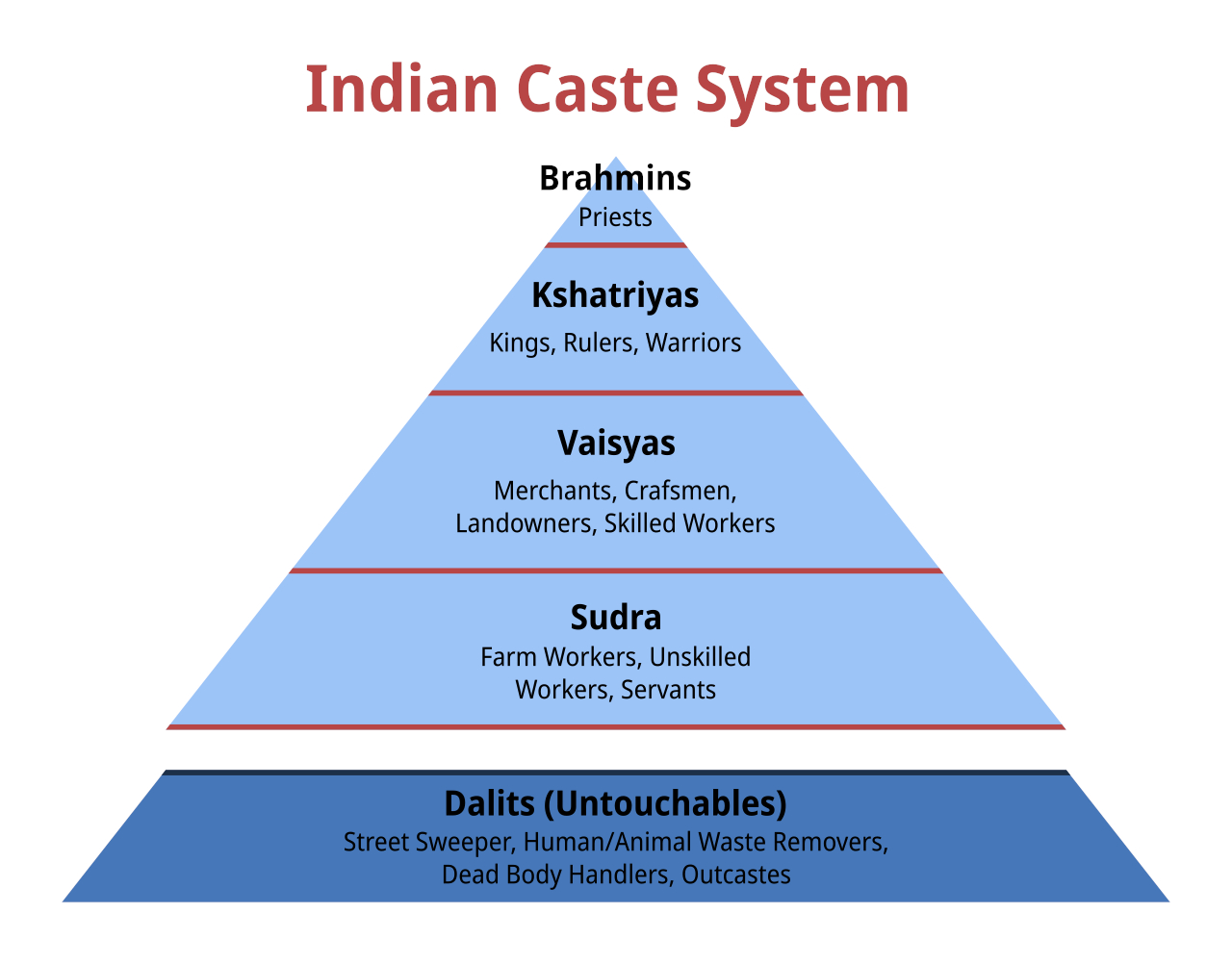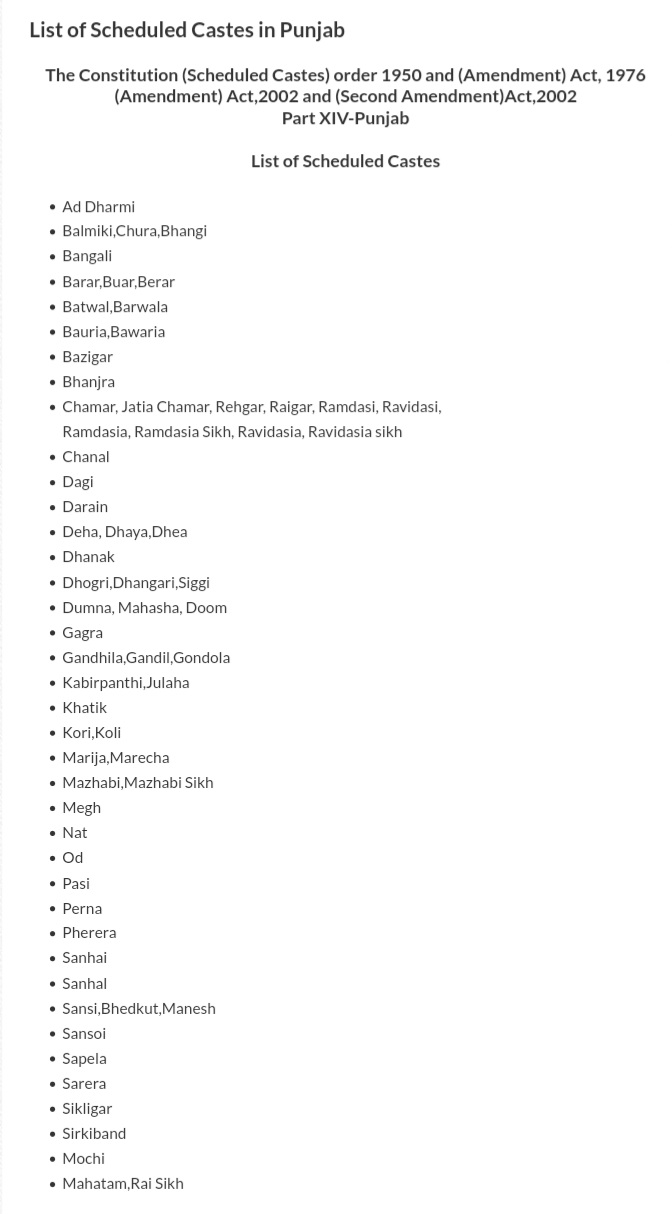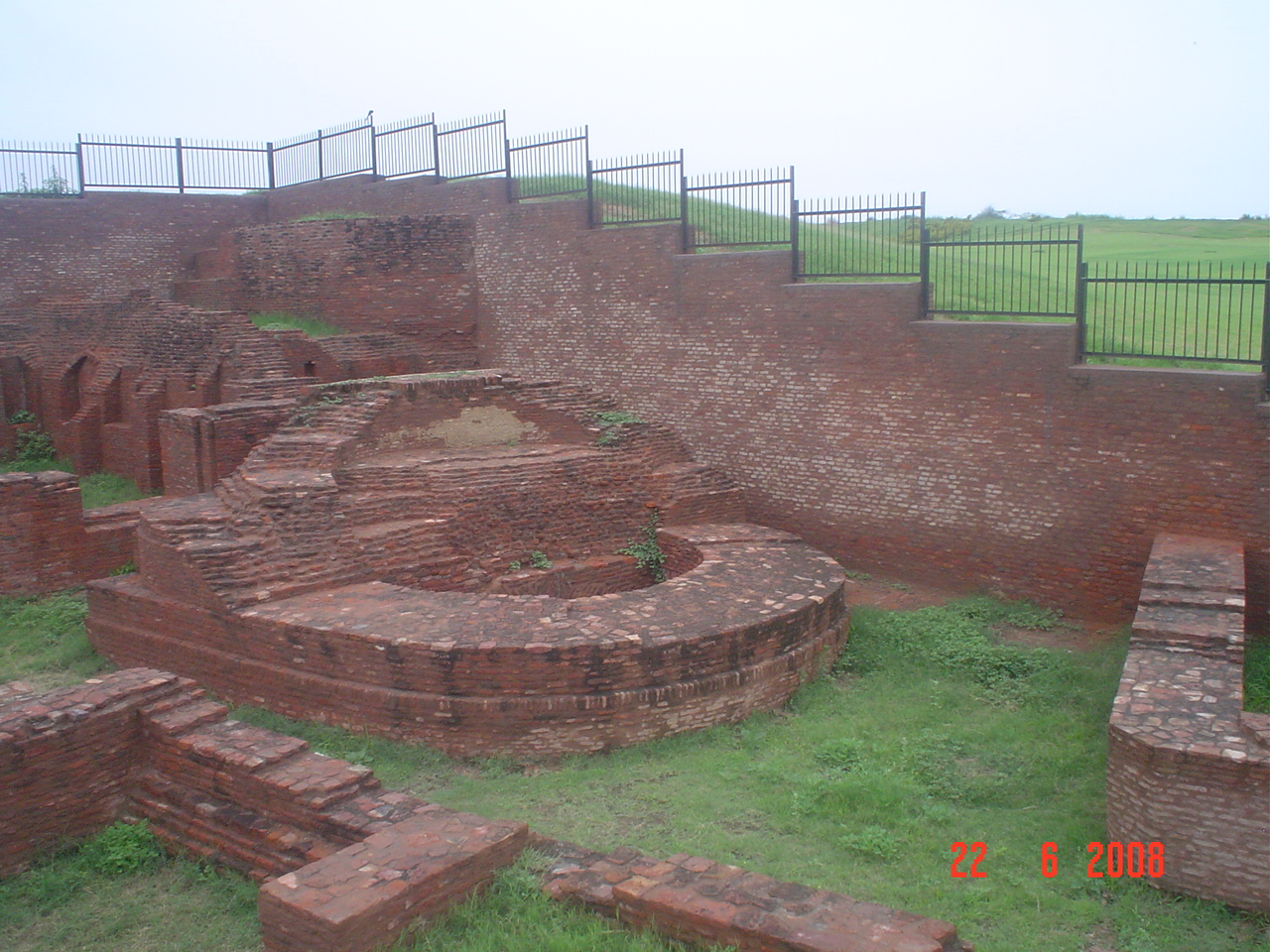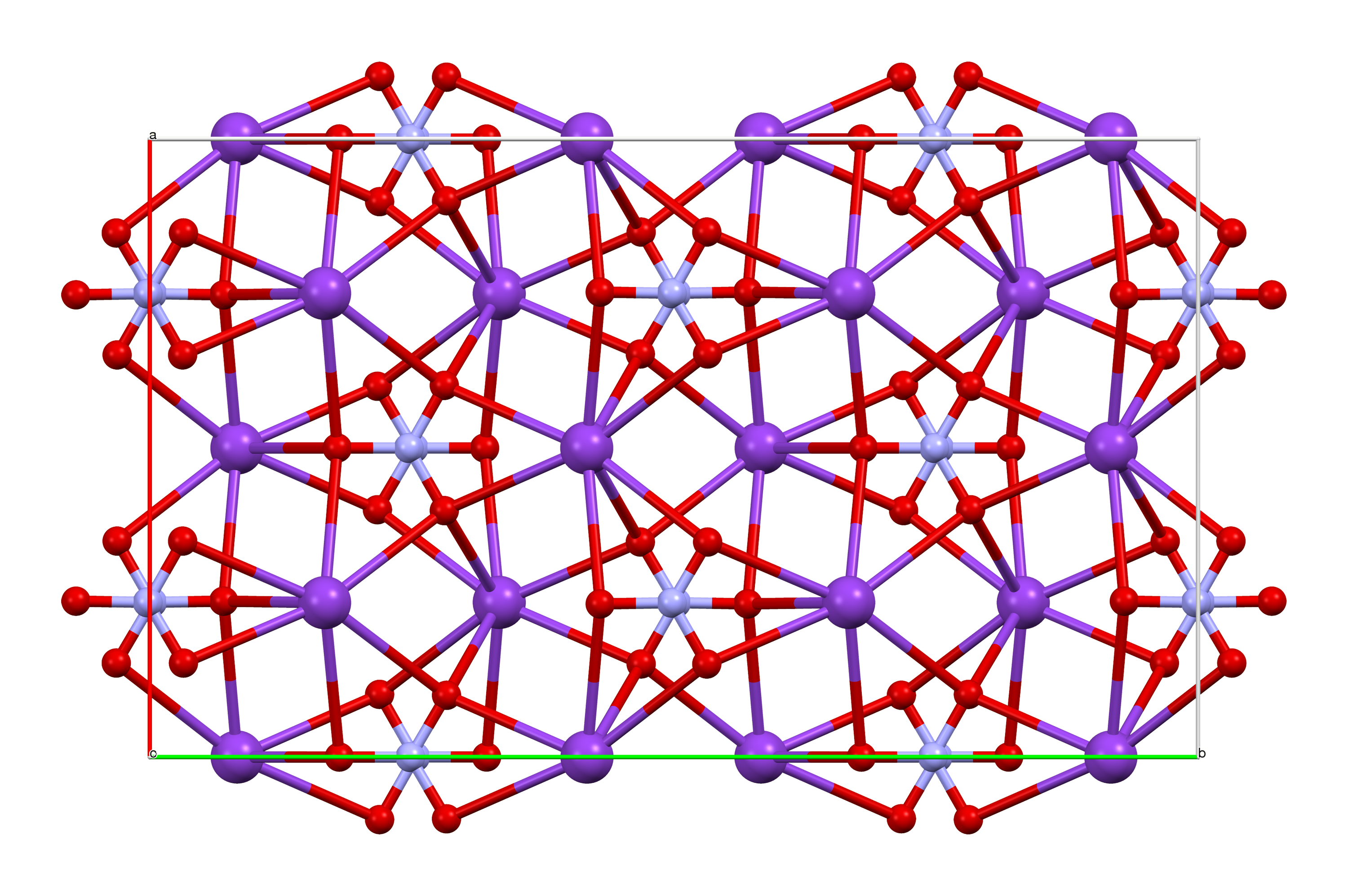|
Regar
The Regar (also spelled as Raigar, Rehgar, Raigarh, Ranigar and Rehgarh) are a caste group of India. They are sometimes associated with the Chamar caste but, for example, the sociologist Bela Bhatia considers them to be distinct. The Regar are found in the states of Punjab, Haryana, Gujarat, Himachal Pradesh and Rajasthan. They are known as Regar in the Mewar region of Rajasthan. Once leatherworkers, at the beginning of the 20th century, the British Raj administration imposed restrictions on the indigenous manufacturing of saltpetre which destroyed their livelihood. At least some community members served as bonded labour (''begari'') during the British Raj era. Many today work in agriculture. They have been described as an untouchable caste by anthropologist Maya Unnithan-Kumar and as Dalit Dalit ( from meaning "broken/scattered") is a term used for untouchables and outcasts, who represented the lowest stratum of the castes in the Indian subcontinent. They are als ... [...More Info...] [...Related Items...] OR: [Wikipedia] [Google] [Baidu] |
Dalit
Dalit ( from meaning "broken/scattered") is a term used for untouchables and outcasts, who represented the lowest stratum of the castes in the Indian subcontinent. They are also called Harijans. Dalits were excluded from the fourfold varna of the caste hierarchy and were seen as forming a fifth varna, also known by the name of ''Panchama''. Several scholars have drawn parallels between Dalits and the '' Burakumin'' of Japan, the '' Baekjeong'' of Korea and the peasant class of the medieval European feudal system. Dalits predominantly follow Hinduism with significant populations following Buddhism, Sikhism, Christianity, and Islam. The constitution of India includes Dalits as one of the Scheduled Castes; this gives Dalits the right to protection, positive discrimination (known as reservation in India), and official development resources. Terminology The term ''Dalit'' is for those called the "untouchables" and others that were outside of the traditional Hindu caste ... [...More Info...] [...Related Items...] OR: [Wikipedia] [Google] [Baidu] |
Chamar
Chamar (or Jatav) is a community classified as a Scheduled Caste under modern India's Reservation in India, system of affirmative action that originated from the group of trade persons who were involved in leather tanning and shoemaking. They are found throughout the Indian subcontinent, mainly in the northern states of India and in Pakistan and Nepal. History The Chamars are traditionally associated with leather work. Ramnarayan Rawat posits that the association of the Chamar community with a traditional occupation of tanning (leather), tanning was constructed, and that the Chamars were instead historically agriculturists. The term ''chamar'' is used as a pejorative word for Dalits in general. It has been described as a Casteism, casteist slur by the Supreme Court of India and the use of the term to address a person as a violation of the Scheduled Caste and Scheduled Tribe (Prevention of Atrocities) Act, 1989. Movement for upward social mobility Between the 1830s and the ... [...More Info...] [...Related Items...] OR: [Wikipedia] [Google] [Baidu] |
Bonded Labour
Debt bondage, also known as debt slavery, bonded labour, or peonage, is the pledge of a person's services as security for the repayment for a debt or other obligation. Where the terms of the repayment are not clearly or reasonably stated, or where the debt is excessively large, the person who holds the debt has thus some control over the laborer, whose freedom depends on the undefined or excessive debt repayment. The services required to repay the debt may be undefined, and the services' duration may be undefined, thus allowing the person supposedly owed the debt to demand services indefinitely. Debt bondage can be passed on from generation to generation. In 2021, the International Labour Organization estimated that, of the 27.6 million people currently participating in forced labour, 20.9%, or about 5.8 million, were in debt bondage. Debt bondage has been described by the United Nations as a form of "Contemporary slavery, modern day slavery", and the Supplementary Convention on ... [...More Info...] [...Related Items...] OR: [Wikipedia] [Google] [Baidu] |
Caste System In India
The caste system in India is the paradigmatic ethnographic instance of social classification based on castes. It has its origins in ancient India, and was transformed by various ruling elites in medieval, early-modern, and modern India, especially in the aftermath of the collapse of the Mughal Empire and the establishment of the British Raj. Beginning in ancient India, the caste system was originally centered around '' varna'', with ''Brahmins'' (priests) and, to a lesser extent, ''Kshatriyas'' (rulers and warriors) serving as the elite classes, followed by '' Vaishyas'' (traders, merchants, and farmers) and finally '' Shudras'' (labourers). Outside of this system are the oppressed, marginalised, and persecuted '' Dalits'' (also known as " Untouchables") and '' Adivasis'' (tribals). Over time, the system became increasingly rigid, and the emergence of '' jati'' led to further entrenchment, introducing thousands of new castes and sub-castes. With the arrival of Islamic rule, ... [...More Info...] [...Related Items...] OR: [Wikipedia] [Google] [Baidu] |
Punjab
Punjab (; ; also romanised as Panjāb or Panj-Āb) is a geopolitical, cultural, and historical region in South Asia. It is located in the northwestern part of the Indian subcontinent, comprising areas of modern-day eastern Pakistan and northwestern India. Pakistan's major cities in Punjab are Lahore, Faisalabad, Rawalpindi, Gujranwala, Multan, Sialkot, and Bahawalpur, while India’s are Ludhiana, Amritsar, Chandigarh, Jalandhar, Patiala, Mohali, and Bathinda. Punjab grew out of the settlements along the five rivers, which served as an important route to the Near East as early as the ancient Indus Valley civilization, dating back to , followed by migrations of the Indo-Aryan peoples. Agriculture has been the chief economic feature of the Punjab and formed the foundation of Punjabi culture. The Punjab emerged as an important agricultural region, especially following the Green Revolution during the mid-1960s to the mid-1970s, and has been described as the " breadbask ... [...More Info...] [...Related Items...] OR: [Wikipedia] [Google] [Baidu] |
Haryana
Haryana () is a States and union territories of India, state located in the northern part of India. It was carved out after the linguistic reorganisation of Punjab, India, Punjab on 1 November 1966. It is ranked 21st in terms of area, with less than 1.4% () of India's land area. The state capital is Chandigarh, which it shares with the neighbouring state of Punjab; the most populous city is Faridabad, a part of the National Capital Region (India), National Capital Region. The city of Gurgaon is among India's largest financial and technology hubs. Haryana has Divisions of Haryana, administrative divisions, List of districts of Haryana, districts, 72 sub-divisions, 93 tehsil, revenue tehsils, 50 sub-tehsils, 140 Community development block in India, community development blocks, 154 List of cities in Haryana by population, cities and towns, 7,356 villages, and 6,222 Gram panchayat, villages panchayats. Haryana contains 32 special economic zones (SEZs), mainly located within the ... [...More Info...] [...Related Items...] OR: [Wikipedia] [Google] [Baidu] |
Gujarat
Gujarat () is a States of India, state along the Western India, western coast of India. Its coastline of about is the longest in the country, most of which lies on the Kathiawar peninsula. Gujarat is the List of states and union territories of India by area, fifth-largest Indian state by area, covering some ; and the List of states and union territories of India by population, ninth-most populous state, with a population of 60.4 million in 2011. It is bordered by Rajasthan to the northeast, Dadra and Nagar Haveli and Daman and Diu to the south, Maharashtra to the southeast, Madhya Pradesh to the east, and the Arabian Sea and the Pakistani province of Sindh to the west. Gujarat's capital city is Gandhinagar, while its largest city is Ahmedabad. The Gujarati people, Gujaratis are indigenous to the state and their language, Gujarati language, Gujarati, is the state's official language. The state List of Indus Valley civilisation sites#List of Indus Valley sites discovered, ... [...More Info...] [...Related Items...] OR: [Wikipedia] [Google] [Baidu] |
Himachal Pradesh
Himachal Pradesh (; Sanskrit: ''himācāl prādes;'' "Snow-laden Mountain Province") is a States and union territories of India, state in the northern part of India. Situated in the Western Himalayas, it is one of the thirteen Indian Himalayan Region, mountain states and is characterised by an extreme landscape featuring List of mountain peaks of Himachal Pradesh, several peaks and extensive river systems. Himachal Pradesh is the northernmost state of India and shares borders with the union territories of Jammu and Kashmir (union territory), Jammu and Kashmir and Ladakh to the north, and the states of Punjab (India), Punjab to the west, Haryana to the southwest, Uttarakhand to the southeast and a very narrow border with Uttar Pradesh to the south. The state also shares an international border to the east with the Tibet Autonomous Region in China. Himachal Pradesh is also known as ''Dev Bhoomi'', meaning 'Land of Gods' and ''Veer Bhoomi'' which means 'Land of the Brave'. The pre ... [...More Info...] [...Related Items...] OR: [Wikipedia] [Google] [Baidu] |
Rajasthan
Rajasthan (; Literal translation, lit. 'Land of Kings') is a States and union territories of India, state in northwestern India. It covers or 10.4 per cent of India's total geographical area. It is the List of states and union territories of India by area, largest Indian state by area and the List of states and union territories of India by population, seventh largest by population. It is on India's northwestern side, where it comprises most of the wide and inhospitable Thar Desert (also known as the Great Indian Desert) and shares a border with the Pakistani provinces of Punjab, Pakistan, Punjab to the northwest and Sindh to the west, along the Sutlej-Indus River valley. It is bordered by five other Indian states: Punjab, India, Punjab to the north; Haryana and Uttar Pradesh to the northeast; Madhya Pradesh to the southeast; and Gujarat to the southwest. Its geographical location is 23°3' to 30°12' North latitude and 69°30' to 78°17' East longitude, with the Tropic of Can ... [...More Info...] [...Related Items...] OR: [Wikipedia] [Google] [Baidu] |
Mewar
Mewar, also spelled as Mewad is a region in the south-central part of Rajasthan state of India. It includes the present-day districts of Bhilwara, Chittorgarh, Pratapgarh, Rajsamand, Udaipur, Pirawa Tehsil of Jhalawar District of Rajasthan, Neemuch and Mandsaur of Madhya Pradesh and some parts of Gujarat. For centuries, the region was ruled by Rajputs as Kingdom of Mewar. During the period of British East India Company, it became a princely state as Udaipur. It emerged as an administrative unit during the period governance in India and remained until the end of the British Raj era. The Mewar region lies between the Aravali Range to the northwest, Ajmer to the north, Gujarat and the Vagad region of Rajasthan to the south, the Malwa region of Madhya Pradesh state to the south and the Hadoti region of Rajasthan to the east. Etymology The word "Mewar" is vernacular form of "Medapata" (IAST: Medapāṭa), the ancient name of the region. The earliest epigraph that ment ... [...More Info...] [...Related Items...] OR: [Wikipedia] [Google] [Baidu] |
British Raj
The British Raj ( ; from Hindustani language, Hindustani , 'reign', 'rule' or 'government') was the colonial rule of the British The Crown, Crown on the Indian subcontinent, * * lasting from 1858 to 1947. * * It is also called Crown rule in India, * * * * or direct rule in India. * Quote: "Mill, who was himself employed by the British East India company from the age of seventeen until the British government assumed direct rule over India in 1858." * * The region under British control was commonly called India in contemporaneous usage and included areas directly administered by the United Kingdom of Great Britain and Ireland, United Kingdom, which were collectively called ''Presidencies and provinces of British India, British India'', and areas ruled by indigenous rulers, but under British British paramountcy, paramountcy, called the princely states. The region was sometimes called the Indian Empire, though not officially. As ''India'', it was a founding member of th ... [...More Info...] [...Related Items...] OR: [Wikipedia] [Google] [Baidu] |
Saltpetre
Potassium nitrate is a chemical compound with a sharp, salty, bitter taste and the chemical formula . It is a potassium salt of nitric acid. This salt consists of potassium cations and nitrate anions , and is therefore an alkali metal nitrate. It occurs in nature as a mineral, niter (or ''nitre'' outside the United States). It is a source of nitrogen, and nitrogen was named after niter. Potassium nitrate is one of several nitrogen-containing compounds collectively referred to as saltpetre (or saltpeter in the United States). Major uses of potassium nitrate are in fertilizers, tree stump removal, rocket propellants and fireworks. It is one of the major constituents of traditional gunpowder (black powder). In processed meats, potassium nitrate reacts with hemoglobin and myoglobin generating a red color. Etymology Nitre, or potassium nitrate, because of its early and global use and production, has many names. As for nitrate, Egyptian and Hebrew words for it had the consonants ... [...More Info...] [...Related Items...] OR: [Wikipedia] [Google] [Baidu] |










